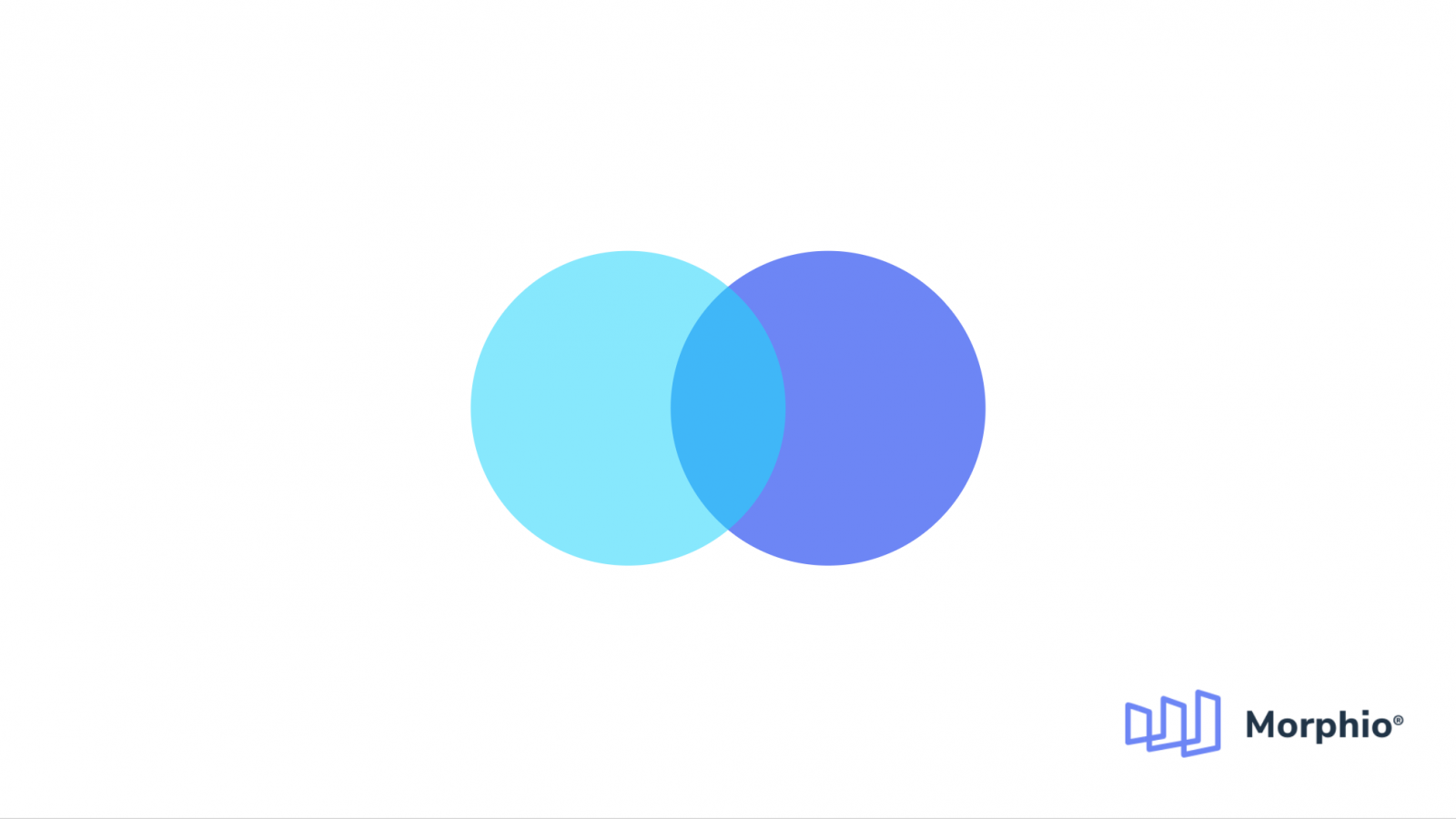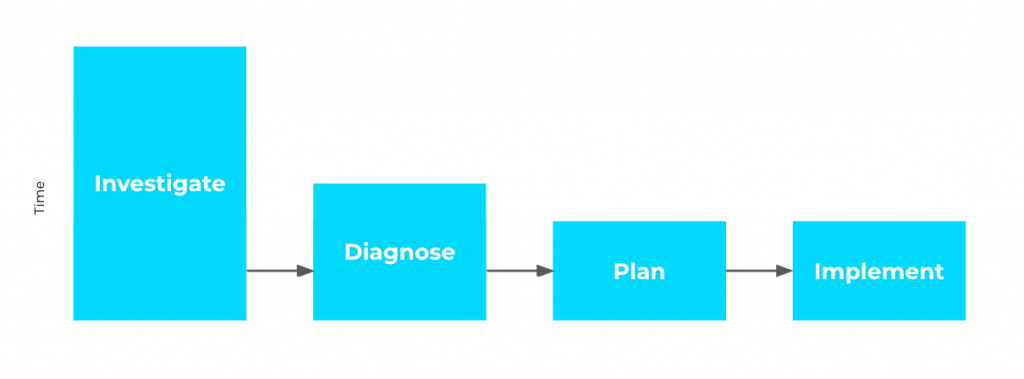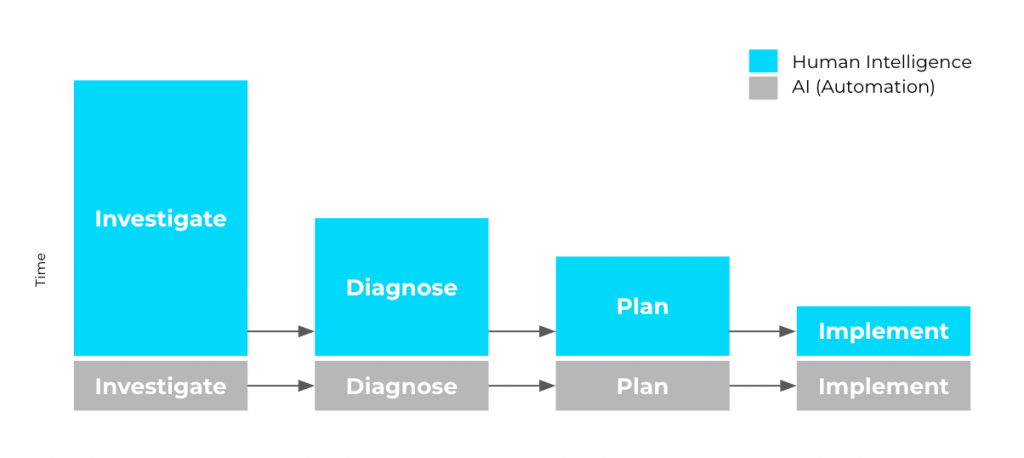
AI is hardly new in digital marketing, yet very few agencies manage to successfully adopt an automated digital marketing insight tool. And in fact, we at Morphio have got direct experience. When we worked at agencies, we frequently tried to take advantage of the time savings promised by AI platforms. And there was a pretty typical process: adopt an automation platform, initial lift, and then performance gradually petered out until managing the AI platform was as much work as the ad platforms.
So why does this keep happening? And where do AI platforms get it wrong?
At our agency, we decided to attack the problem methodically. We worked from the principle that good strategy starts with a thorough understanding of the challenge. That started by identifying what it is specifically we are looking to to do with a digital marketing insight tool:
- Minimize risk – client media spend can’t be wasted, we need to invest in results, and checks and balances need to be in place
- Save time – we’re looking to make our team more efficient, the solution must save them time
- Improve results – the reason for any change, we want to improve things
With that in mind we started to examine the platform optimisation process. Initially by trying to identify the broad stages of in-platform optimisation. We had a few interpretations, but broadly we landed on this:
Digital Marketing Workflow

With stages defined, we accounted for the weighting of time between each of the stages to determine how much contributed to our digital marketing team’s workload. It looked something like this:

The principle time-sink among the stages was the initial investigation. We found our digital marketers spent nearly 70% of their day investigating and diagnosing the issues and opportunities available. The point of the process mapping was to identify friction points – and that was clearly a substantial one.
The initial solutions we explored were the automation platforms that looked to flatten all the stages. They use AI to power each of the stages and, ideally, require little-to-no manual intervention. In theory our process should look like this:
Digital Automation Workflow

Removing the time required to manage platforms could free our digital marketers to focus on big picture strategy, the kind that helps push on performance (and grow retainers). But while it started well, it quickly fell off, eventually it resembled something like this:

When we dug in as to why, the same story kept coming out: an initial lift in performance followed by a gradual decline. The digital marketers, alarmed by the downturn in performance, would then go into the automation platforms and try to improve things. Eventually the time they were sinking into the AI platforms basically mirrored the ad-platforms-only model before. So what was going wrong?
Lack of Trust – Turns out digital marketers are very protective of their campaigns and especially their results. This doesn’t lend itself well to a hands-off approach to optimisation. Once results hit plateaus or downturns, the game of nerves between an algorithm throwing money around to see what works better and an anxious digital marketer, only ever went one way. This meant our digital marketers were using time going into the automation platforms or hounding their account leads in order to improve performance.
Client Services – This pertains to the previous point, but fundamentally we work in the service industry. One where monthly reporting is a pretty universal expectation. Turns out digital marketers and account managers find it difficult to sit opposite their client and have to explain a downturn on a misstep from an AI. Being hands-off meant being less informed.
Process & Learning Curve – Change is hard. It’s especially hard when purported solutions are just-as-if-not-more complicated than the problems they’re trying to solve. A lot of the tools we trialled required the teams to work in a new and very specific way. That always made introducing a new tool a giant operational undertaking/burden.
We went back to the drawing board. And we took a process-first approach to determining features and ways-of-working. Why? Because we were an agency looking to save ourselves time, not just a software company. We reframed the challenge. The solution doesn’t need to be completely hands-off, it just needs to find a more efficient system where our digital marketers are losing most of their time.
Digital Marketing Insight Tool With AI Analysis

By defining the problem that actually needed to be solved, we were able to build an AI platform that filled the greatest need.
I’d encourage all agencies to consider where human intelligence and artificial intelligence need to intersect. A commercially available AI platform cannot be a USP, so what can be? It is likely found in the people that make up your team. So how can AI support those people in a way that means they spend more time creating value?
Examine your ways of working, discover where the friction points lie, and when reviewing how AI might provide a solution, consider how it will enable your digital marketers not replace them.